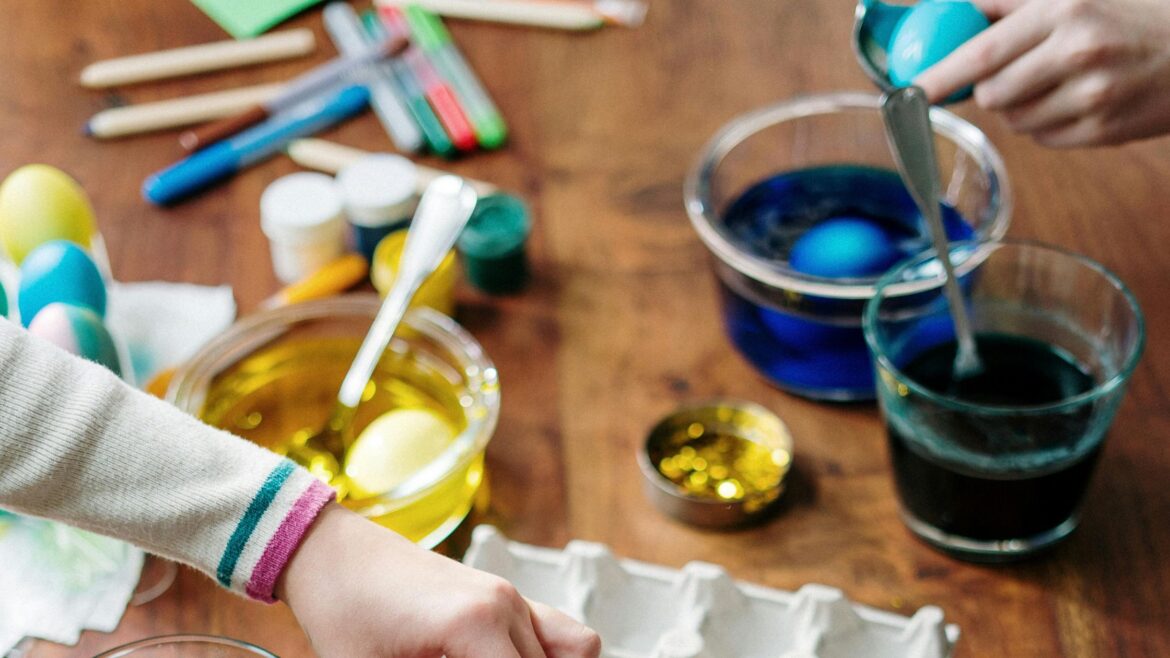Did you know the bright color in your kid’s cereal or sports drink might be doing more harm than good?
Synthetic food dyes — those eye-catching reds, yellows, and blues — have been lighting up grocery shelves for decades. But behind their vibrant glow is a growing body of science pointing to potential health risks, especially for children. And now, the U.S. is finally taking action.
Here’s everything you need to know about the upcoming food dye ban, what it means for your health, and how to spot the sneaky sources of these additives in your daily diet.
Why Are Food Dyes Used in the First Place?
Food dyes are used to enhance the appearance of processed foods — making fruit snacks look fruitier, cereals look more fun, and drinks pop with neon intensity. But the colors aren’t there for flavor or nutrition. They’re synthetic chemicals, often derived from petroleum, added purely for visual appeal.
For years, experts and advocacy groups have been sounding the alarm about their effects on health — and now the science has caught up.
Which Dyes Are Being Banned — And Why?
The U.S. Department of Health and Human Services recently announced a plan to phase out eight synthetic food dyes by the end of 2026 as part of the “Make America Healthy Again” campaign, led by RFK Jr. Among them are:
- Red 40
- Yellow 5
- Yellow 6
- Blue 1
- Blue 2
- Green 3
- Orange B
- Citrus Red 2
Studies have linked these dyes to behavioral issues like hyperactivity in children, potential allergic reactions, and even concerns over long-term exposure and cancer risk.
While the FDA previously deemed them safe in small amounts, new research and public pressure have prompted a serious rethink.
Where Are These Dyes Hiding?
You might be surprised where synthetic dyes show up. They’re not just in rainbow-colored candies. Common culprits include:
- Breakfast cereals and toaster pastries
- Yogurts and protein bars (especially those targeted to kids)
- Salad dressings and condiments
- Pickles and hot sauces
- Sports drinks, sodas, and flavored waters
- Baked goods and frostings
Even some vitamins and over-the-counter medications use food dyes as part of their coating.
How to Avoid Synthetic Dyes in Your Diet
You don’t need to wait until 2026 to clean up your grocery list. Here’s how to make smarter, dye-free choices starting today:
- Read the label — carefully. Watch for names like “Red 40,” “Yellow 5,” or “Blue 1.” If you see them, put it back.
- Shop the perimeter of the grocery store. Whole foods like fruits, vegetables, grains, and proteins won’t come with added dyes.
- Look for “no artificial colors” on packaging. Many brands are starting to ditch synthetic dyes for plant-based alternatives like beet juice, turmeric, or spirulina.
- Swap out snacks and drinks. Choose dye-free snacks and natural beverage options — or make your own.
- Choose natural supplements and personal care items. Yes, even your gummy vitamins can be full of artificial colors.
Why This Matters for You and Your Family
Artificial food dyes aren’t just about aesthetics — they’re a daily exposure that can quietly affect your health and your children’s behavior. Making the switch to dye-free foods is one small but powerful step toward a cleaner lifestyle and a clearer conscience.
Want to upgrade your kitchen for good?

Leave a Reply